India should aim high to be a global aerospace hub
With trust in China – presently one of the largest exporters of aircraft components - weakening. India’s future as a manufacturer of higher-complexity aerospace items is completely in our hands. India must present itself as a viable alternative to China's sourcing, writes Ramesh Ramchandani for South Asia Monitor
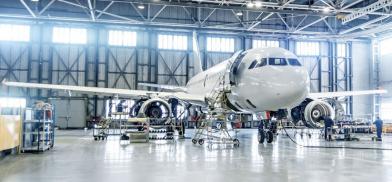
India, with aspirations for its 1.3 billion people, wants to drive exports and become part of the global supply chain. It intends to go global. But how India can achieve this?
The strategy India chose for smartphones demonstrates the art of the possible. It went from being an importer of smartphones to a net exporter in the past five years with policy and infrastructure changes. The auto component sector is another industry example where many global OEMs (Original Equipment Manufacturers) and Tier 1 companies are sourcing from Indian manufacturers who are meeting the high-quality standards required by the foreign markets.
With the wind of BPS (Business Process Sourcing) behind it, where it dominates the market with over 80 percent of total BPS revenues (Gartner report ), India can tag on and move up its aerospace industry value chain from design engineering & IT solutions into component and subsystems manufacturing for the world of aerospace.
Private sector vs public sector
How do we make it a reality for the civil/defence aircraft industry? The Hindustan Aeronautics Ltd (HAL) is in existence since 1964, along with another PSU, National Aerospace Laboratories (NAL). They both have the knowhow and capability for building aircraft components. But the agility required for meeting the supply chain needs of OEM’s and delivering/marketing to international markets at a profit is not their strength currently. The government-owned HAL has hardly made the company a paragon of efficiency; they should, therefore, stick to their knitting of assembly of defence sector aircraft and leave the defence/civil aircraft component and subsystems manufacturing to India’s growing private sector enterprises. These companies are bottom-line driven and agile. HAL and NAL can certainly provide training and knowledge of aircraft component manufacturing process to the nascent private sector.
India, which is among the top eight manufacturing centers of the world can deliver quality products on time and on cost. India is competitive in rate structure, offering net cost savings between 30-35 percent to US dollar-denominated costs. India moved up to third place in the list of most-suitable locations for global manufacturing among 48 countries in terms of cost competitiveness and operating conditions, according to a recent property consultant Cushman & Wakefield report.
With trust in China – presently one of the largest exporters of aircraft components - weakening. India’s future as a manufacturer of higher-complexity aerospace items is completely in our hands. India must present itself as a viable alternative to China's sourcing.
India must improve logistic infrastructure
Export driven contracts with OEMs like Boeing and Airbus, and demanding offset contracts to 40 percent-60 percent of the total purchase cost when purchasing fighter jets or civil aircraft from these two carriers, is one way to shore up manufacturing locally in India and grow and develop small and medium-sized private enterprises. Defence offsets are being managed through Defence Offset Management Wing (DMOW). The Indian government must insist on India-based manufacturing offsets when making commercial airline purchases and which will signal its support for this industry.
Logistics infrastructure is a weakness that India must improve if parts are to be delivered efficiently. Hastening time to market is critical in the success of aerospace parts export. Infrastructure plays a critical role in building an A&D manufacturing base. The government must support and encourage the creation of local aerospace hubs. Creating clusters helps micro, small, and medium enterprises (MSMEs) that supply components and sub-assemblies to large manufacturers. Vibrant clusters would make it easy for companies to have access to talent and create synergies on logistics. We have done this before while building software parks, smartphones, and auto parts. We can do it again for the aerospace industry too.
Land availability with subsidized utility services for a defined number of years depending upon the industry is the critical need of India. Capital investment tax breaks must be given. The development of aerospace raw material industry will also be a positive result of growth alongside domestic and export-oriented manufacturing.
Potential market assessment
India’s growth in low-cost carriers and rising passenger traffic is expected to result in a demand for about 2,300 aircraft (Boeing study) over the next two decades, valued at the US $320 billion in India. If 40-60 percent offset is applied to civil aircraft deliveries, this would result in additional $8 billion/year contribution from the aerospace private sector, not including the potential aerospace defence sector offsets. Add another $1-2 billion offset per year from fighter aircraft will result in a $10 billion aircraft component and aerostructures manufacturing private sector. This excludes existing and potential contractual component business that the private sector is already engaged in and could muster with OEM’s. Maintenance, Repair, and Overhaul related business would be incremental.
If this does not make a compelling case of India becoming a major part of a high-end global supply chain then what else can?
(The writer, retired from Bombardier Aerospace, Toronto, now runs Cost Competitiveness Consulting Inc for global aerospace firms. The views expressed are personal. He can be contacted at ramchandanir@yahoo.ca)




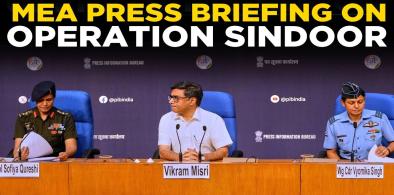
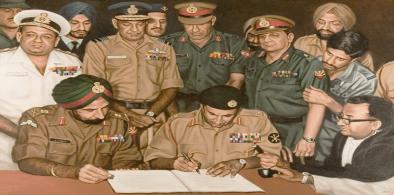



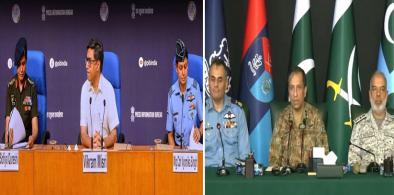
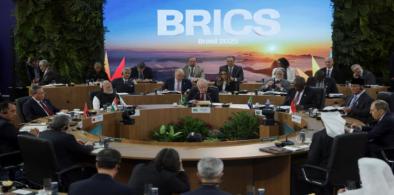









Post a Comment